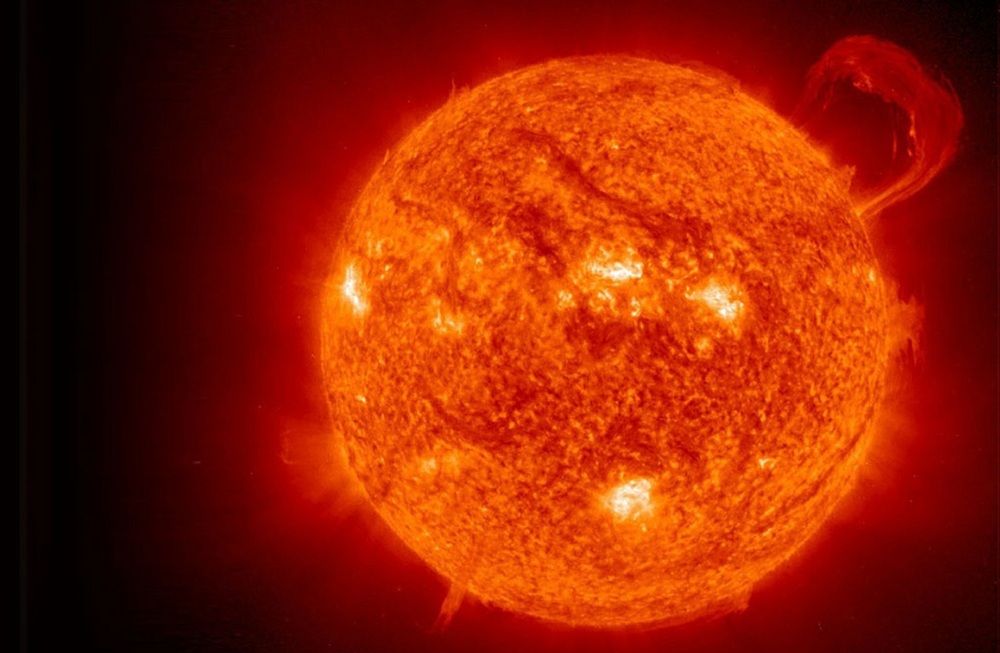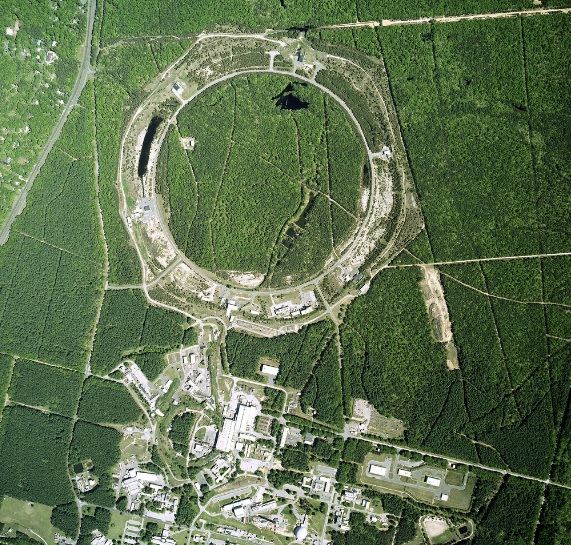Heavy-Ion Collider Earns World Record For Producing Hottest Man-Made Temperature Ever

Scientists at New York’s Brookhaven National Laboratory, operators of the Relativistic Heavy Ion Collider (RHIC) who seek to duplicate the conditions that existed in the moments immediately following the Big Bang, have earned themselves a Guinness World Record (announced Monday 25th July) for reaching the hottest man-made temperature ever recorded. How hot you ask? Incomprehensibly hot - the scorching heat produced was an astonishing 7.2 trillion degrees Fahrenheit. Or 250,000 times hotter than the center of the sun.
The Relativistic Heavy Ion Collider itself is the second-highest-energy heavy-ion collider in the world and a 2.4-mile long underground track used to collide ions travelling at relativistic speeds. The 7.2 trillion-degree temperature feat was achieved by RHIC’s scientists when 'sprays' of gold nuclei (the positively-charged part of the atom made of protons and neutrons) were sent on their short-lived journey in opposite directions around the heavy-ion 'racetrack'. When the particles collided with each other, the energy expelled was so intense that all was left was what is known as a ‘quark-gluon plasma’ or ‘quark soup’. Quarks essentially the building blocks of matter, from which all other particles (including protons, neutrons and electrons) are made. 'Gluons' on the other hand are massless particles that bind quarks together in a tight bundle.
opposite directions around the heavy-ion 'racetrack'. When the particles collided with each other, the energy expelled was so intense that all was left was what is known as a ‘quark-gluon plasma’ or ‘quark soup’. Quarks essentially the building blocks of matter, from which all other particles (including protons, neutrons and electrons) are made. 'Gluons' on the other hand are massless particles that bind quarks together in a tight bundle.
Though the 'soup' lasted less than a billionth of a trillionth of a second, RHIC's scientists were able to record the temperature and measure the properties of the 'soup' and found the plasma matter had the properties of a liquid, rather than a gas as had previously been hypothesised. Barbara Jacak, professor of physics at Stony Brook University, N.Y. said; “We know this is a liquid, but we need to find out why it's a liquid, and what role did its free-flowing nature play in the early universe?”
But if you thought 7.2 trillion degrees of Fahrenheit was hot, the world record is expected to be trumped in the near future by CERN and its Large Hadron Collider when it begins operating at full speed. It is expected collisions resulting from accelerating particles around its 17-mile underground tunnel will produce temperatures two or three times hotter than those measured in the RHIC. Smoking.
Richard Birkett
Source: Brookhaven National Laboratory